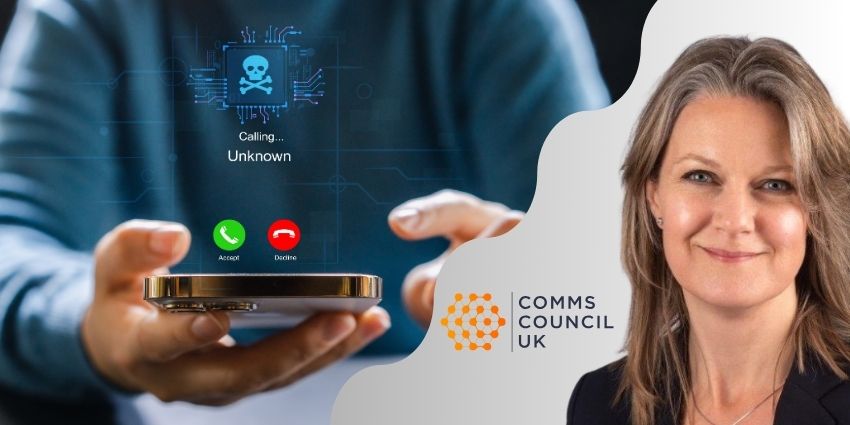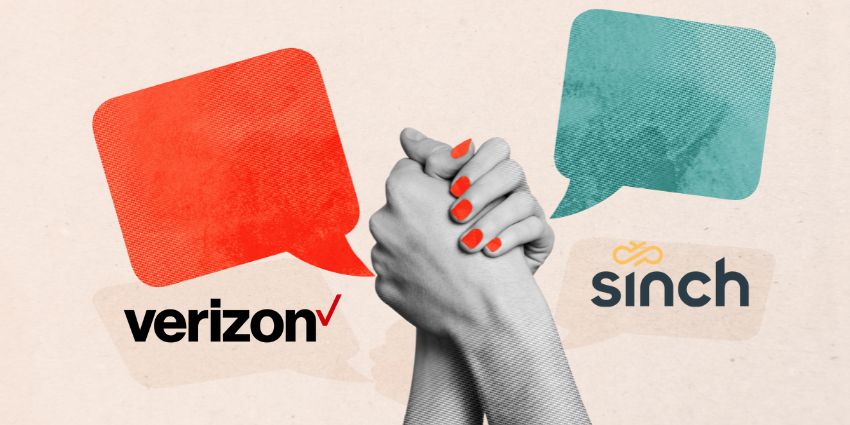The way we communicate today is changing at a rapid pace, with new solutions emerging in everything from chat, to videoconferencing, and even meeting room technology. One of the ways that new companies have begun to get involved in the path towards digital transformation (DX), is by introducing API-based UCaaS solutions, for businesses and enterprises who want a “build-your-own” approach to UC.
Today, MessageBird is quickly becoming one of the most competitive brands in the UCaaS market, outshining other solutions in the space with their simplicity, security, and innovation. Today, we caught up with the CEO behind MessageBird, Robert Vis, to learn a little more about the growth of the company, and where it might be heading in the future.
Where Did MessageBird Begin?
MessageBird is a relatively new company, but that hasn’t stopped it from taking the world by storm. Since it was founded back in 2011, the brand has built a huge following of loyal customers, based on a platform of consistent growth. I was interested to learn where the concept for MessageBird came from, and how this new organisation took flight. Robert told me:
“It’s interesting, at my previous company, we had an API for mobile payments which basically leveraged a user’s carrier build to pay for virtual goods online – mostly for gaming companies. What we were trying to do, was verify user phone numbers, while processing payments at the same time.”
“We used the number 1 messaging company, yet still, we were getting late messages or messages that didn’t arrive at all. Every time that happened, our customers didn’t make any money, and neither did we because we couldn’t verify payment. That’s when we decided to build a solution ourselves.”
After a little experimentation, MessageBird managed to create something infinitely more reliable for their communication needs, which is when their vendors started coming to them and asking whether they could resell the service to them.
“Pretty soon in, we discovered that our biggest business opportunity came in delivering reliable carrier experiences. That’s why we have so many carrier relationships today, and that’s what makes us different from the people who just build on top of carrier solutions. Our direct connections are the core of our company.”
Where’s Your Customer Focus Right Now, and How are You Raising Money?
MessageBird is a CPaaS solution, with similar competitors in the space like Twilio, I was interested to learn where the organisation is placing the majority of their focus when it comes to building their customer base. Robert said:
“Obviously Europe is very important to us, but we have about 220 direct connections globally today, including in Asia and America, so we’re really trying to build everything. The trend that we saw, was that people use our system in the US, to send to Europe or Asia. That’s what’s also made us decide to go after the North American market too, and why we’ve started to raise money.”
I was interested in the fact that MessageBird, as a brand has never had to raise money or capital in the past. I asked Robert to explain why the organisation was starting to look for investment now, and how they had grown prior to this moment:
 “For the past six years, we’ve completely boot-strapped the business. We never raised any capital, even though we had plenty of interest from investors. We were profitable and investing that profit back into the business, with a growth of around 100% a year for the past two years. Basically, we didn’t see the need to get any more capital. But, we are focusing on the enterprise market, and when you’re in that market, you’re often concerned with security, and price. Another thing that matters to Enterprise companies, is working with bigger organisations. That means that we need to be able to build a powerful balance sheet to show our enterprise customers that we’re going to be around for the next five years.”
“For the past six years, we’ve completely boot-strapped the business. We never raised any capital, even though we had plenty of interest from investors. We were profitable and investing that profit back into the business, with a growth of around 100% a year for the past two years. Basically, we didn’t see the need to get any more capital. But, we are focusing on the enterprise market, and when you’re in that market, you’re often concerned with security, and price. Another thing that matters to Enterprise companies, is working with bigger organisations. That means that we need to be able to build a powerful balance sheet to show our enterprise customers that we’re going to be around for the next five years.”
Essentially, MessageBird is using their investment strategy to enhance brand awareness, grow their name, and get the attention of the bigger enterprise companies. Fortunately, they’ve been pretty successful in their search for capital. In fact, the brand raised $60 million in Series A funding, during a round led by Accel. They’re hoping that the money will help them to grow their presence around the world, and strengthen their balance sheet at the same time.
How Do You Compare Yourself to Competitors Like Twilio?
While competitors in the international marketplace like Twilio have struggled to find their foothold in the CPaaS market just yet, MessageBird has had the advantage of being profitable from day one and has already established a global presence. Twilio is the market leader, yet they haven’t made any money at this point. On the other hand, MessageBird has bootstrapped the business for most of its existence, and appear to be poised for incredible growth. I wanted to know how Robert compared the brand to competitors:
“There are different ways of doing things. We started our business by building the carrier stack ourselves. We operate on a global network, integrated with 220 carriers around the world right now. I like to compare it to a game of whispers – when you sit in a circle, whisper in someone’s ear, and by the time the message gets back to you it’s something completely different. The more people a message has to go through, the more problems you encounter, and that’s the same in business communications.”
“Moving through different platforms represents more risk and more costs for customers. By acting as a direct point of contact with our carriers, we provide a very cost-effective, secure solution. That’s why we’ve never needed to raise money to grow our company, it sells itself.”
What Does the Future Look Like for MessageBird?
With so much potential waiting, I was keen to find out what Robert’s plans for the future were when it came to growing MessageBird in the next few years:
“Obviously, we want to sign more customers and build more really cool products.”
“We’re also hoping to expand our carrier networks even further. We already have the largest carrier network on the market, but we’d like to grow on that, to be the last point of connection for our customers. Stretching our customer base is important too. Currently, we have about 15,000 customers in the SMB and enterprise space”.
Robert acknowledged that if MessageBird wants to accomplish their goals, they might need to scale their team a little more internationally, as right now the group only has about 80 employees. Although they’re small, they’re also agile, with a great product, and plenty of ways to potentially rock Twilio from the CPaaS throne.
“We have a product that’s always sold itself, in a way. Most of our growth has come from word of mouth from customers happy with the experience. For me, communication is a very large space, and we’re still just a drop in a bucket dominated by big players. Hopefully, though, there’s room for a lot of winners in this space.”







